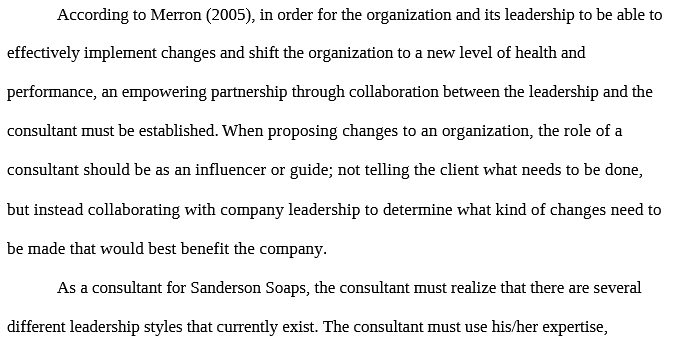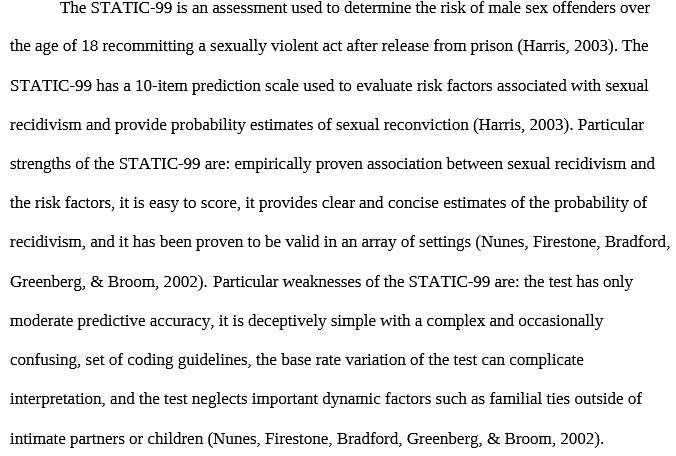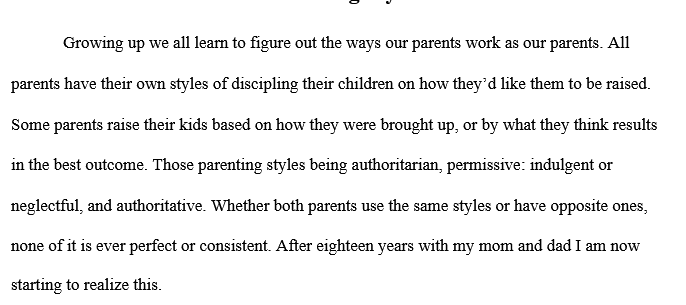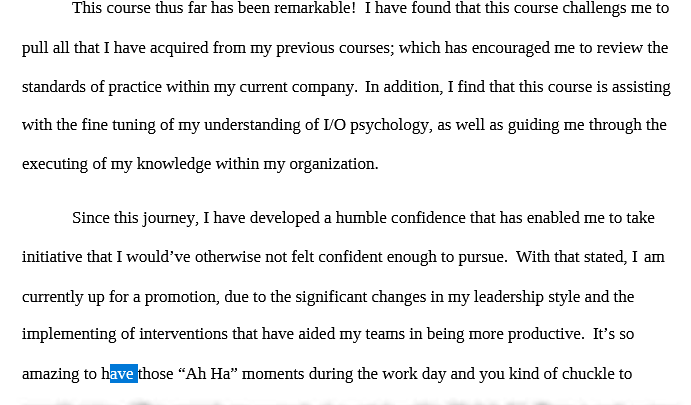PSY 636 Short Paper 1 Interventions in Different Environments.docx- Snhu
$3.99
PSY 636 Short Paper 1 Interventions in Different Environments.docx- Snhu
There are many settings in which indicators of a potential developmental delay can be observed. These environments include but are not limited to an individual home or school. While intervention practices may be implemented, it would also be beneficial to practice proactivity, implementing tools such as the three-tier intervention/prevention model to decrease or possibly eliminate undesirable behaviors across a variety of settings including the child or adolescent’s home or school environment. The three-tier intervention/prevention model investigates and instructs incorporating all involved individuals in the process including the child or adolescent as well as any others who may be influencing that particular environment(Wolfe & Jaffe, 1999). The main tier of the three-tier intervention/prevention model is applied when unwanted behaviors are displayed within classroom settings. During this time, measurable and attainable goals are set utilizing a variety of strategies, while ensuring that the child is a part of the goal-setting process (Smolkowski et al., 2017). Many factors influence the choosing and implementation of intervention strategies.
Description
PSY 636 Short Paper 1 Interventions in Different Environments.docx- Snhu
There are many settings in which indicators of a potential developmental delay can be observed. These environments include but are not limited to an individual home or school. While intervention practices may be implemented, it would also be beneficial to practice proactivity, implementing tools such as the three-tier intervention/prevention model to decrease or possibly eliminate undesirable behaviors across a variety of settings including the child or adolescent’s home or school environment. The three-tier intervention/prevention model investigates and instructs incorporating all involved individuals in the process including the child or adolescent as well as any others who may be influencing that particular environment(Wolfe & Jaffe, 1999). The main tier of the three-tier intervention/prevention model is applied when unwanted behaviors are displayed within classroom settings. During this time, measurable and attainable goals are set utilizing a variety of strategies, while ensuring that the child is a part of the goal-setting process (Smolkowski et al., 2017). Many factors influence the choosing and implementation of intervention strategies.
PSY 636 Short Paper 1 Interventions in Different Environments.docx- Snhu
Oskar is a 7-year-old diagnosed with Oppositional Defiant Disorder (ODD) which presents in his current behaviors. Oskar’s display of undesirable behaviors is primarily evident within the living environment and has recently begun to present during specific times during his day. The defiant and aggressive behaviors within the home environment can require an assessment to determine the triggers so a series of interventions would be created in a treatment plan that could possibly deter some of the behavior (Cipani, 2018). Understanding the background of the individual’s behavior can assist with comprehending any potential correlations between those actions and the individual’s diagnosis. Although Oskar has been diagnosed with ODD, it does not necessarily act as the underlying reasoning for each of his undesired behaviors. Oskar’s mother is a trigger for his behavior through antagonization. When the mother compared Oskar to his father
PSY 636 Short Paper 1 Interventions in Different Environments.docx- Snhu
- PSY 211 – Lifespan Development (5015 Documents),
- PSY 215 – Abnormal Psychology (4335 Documents),
- PSY 108 – Introduction to Psychology (3759 Documents),
- PSY 223 – Statistics for Psychology Research (2652 Documents),
- PSY 216 – Psychology of Personality (1841 Documents),
- PSY 510 – Research Methods (1748 Documents),
- PSY 520 – Research Methods in Psychology II (1469 Documents),
- PSY 257 – Psychology (1451 Documents),
- PSY 310 – Criminal Psychology (1393 Documents),
- PSY 200 – FOUNDATIONS OF ADDICTIONS (1379 Documents),
Only logged in customers who have purchased this product may leave a review.







Reviews
There are no reviews yet.